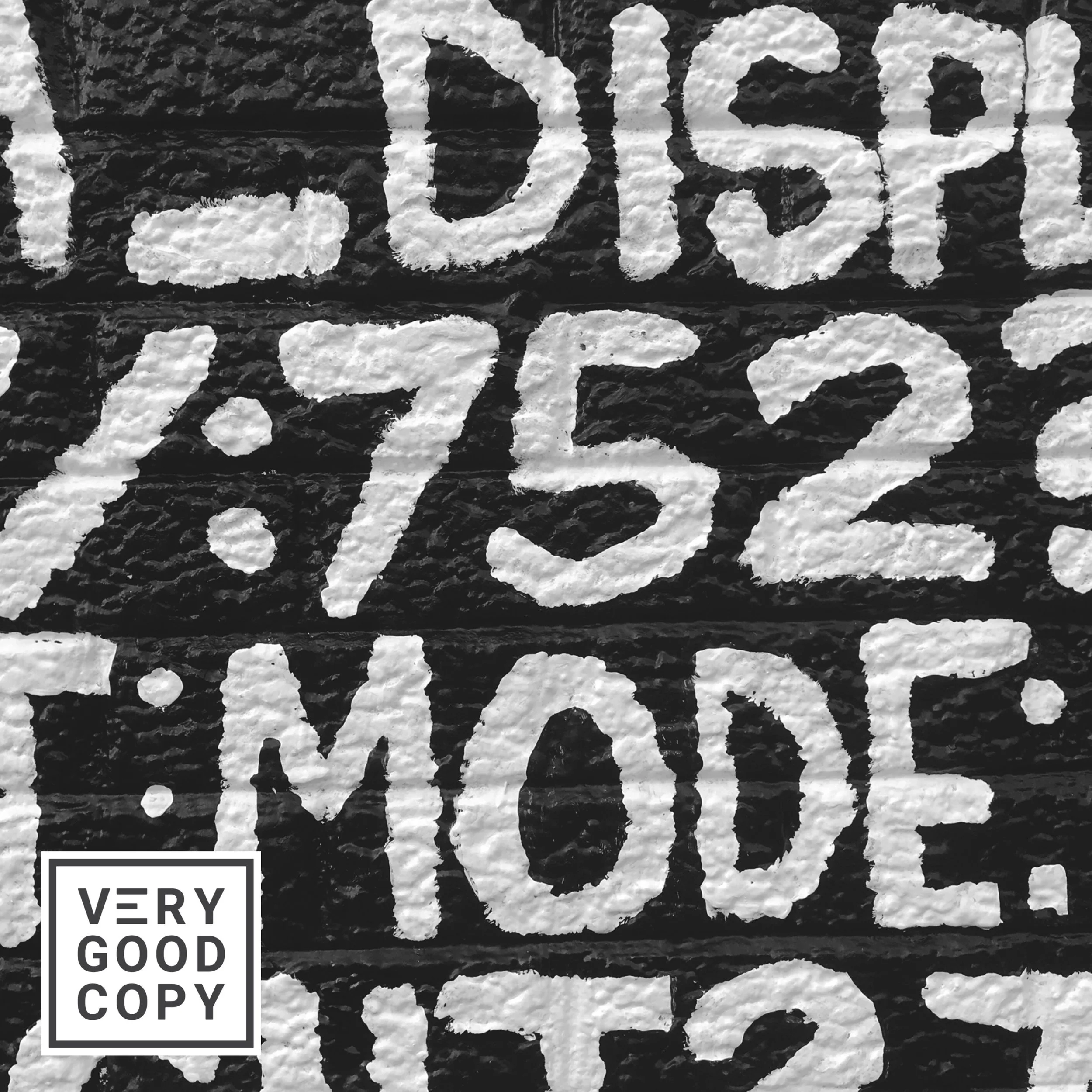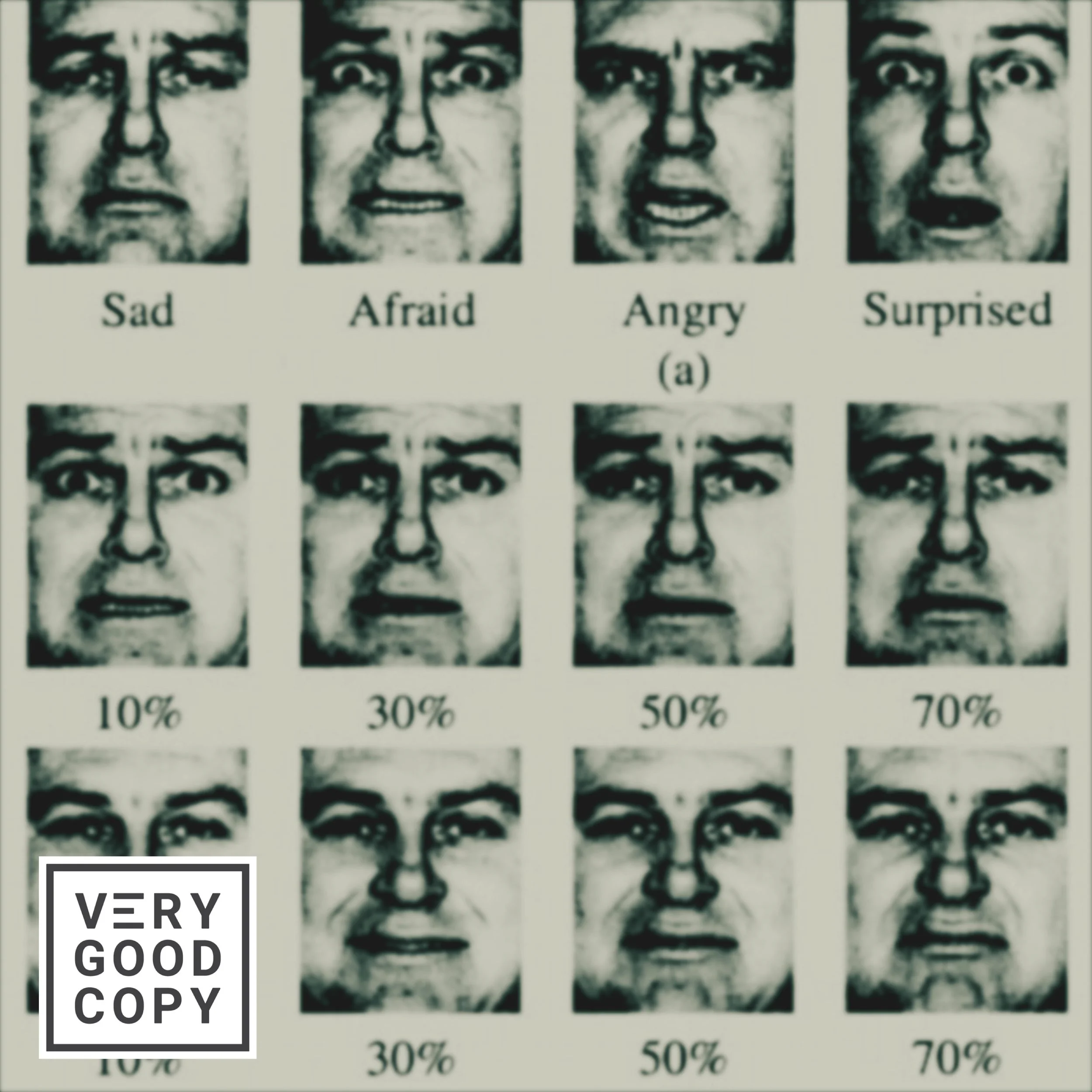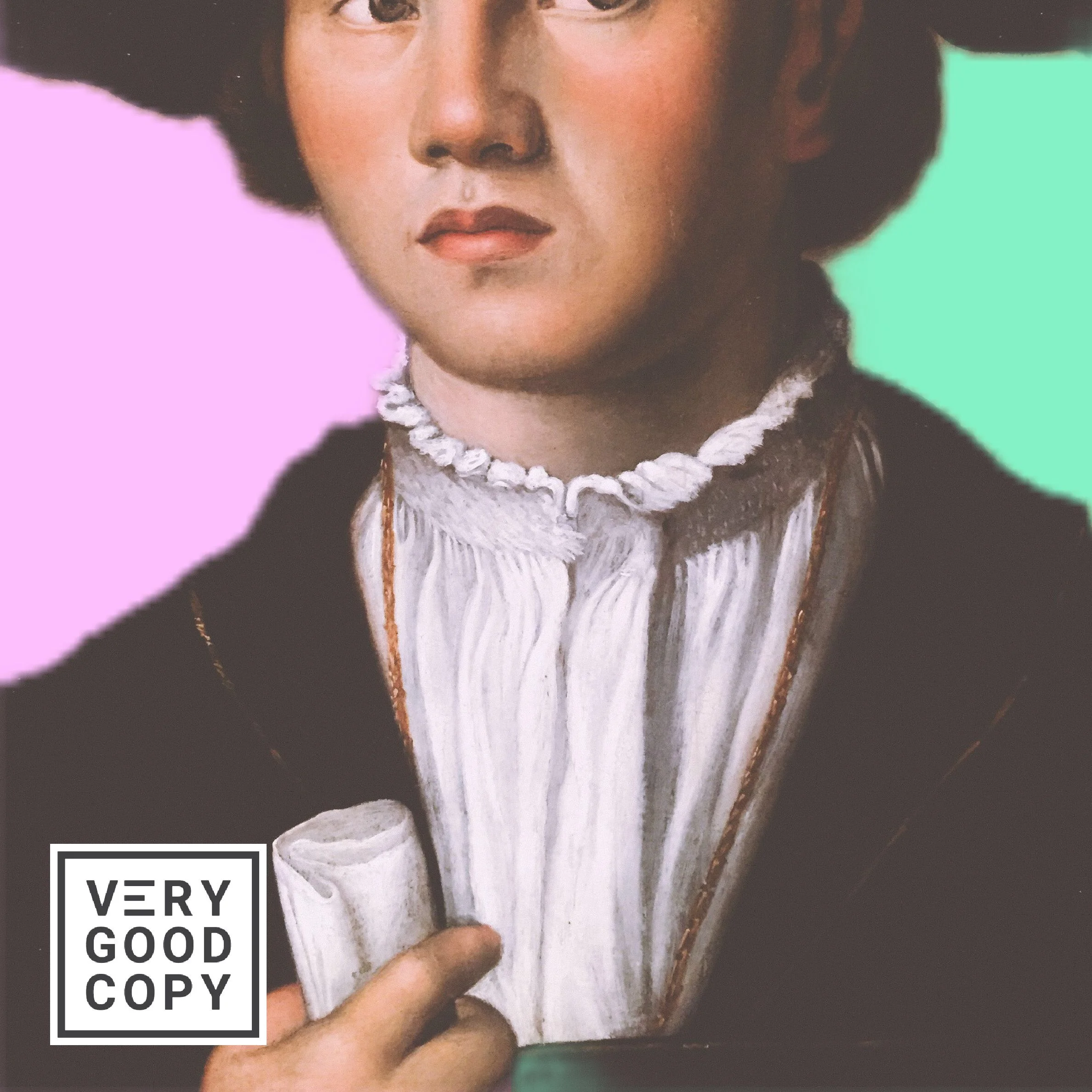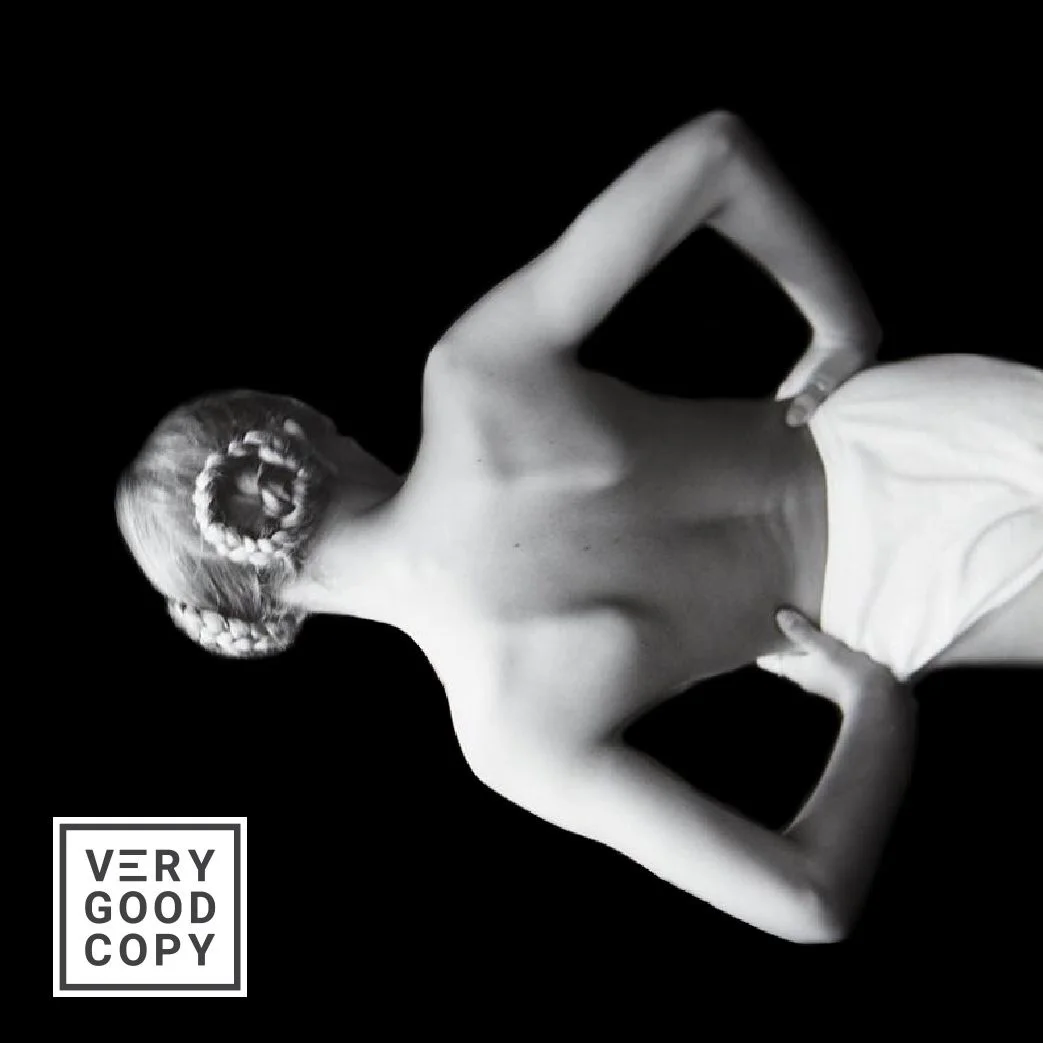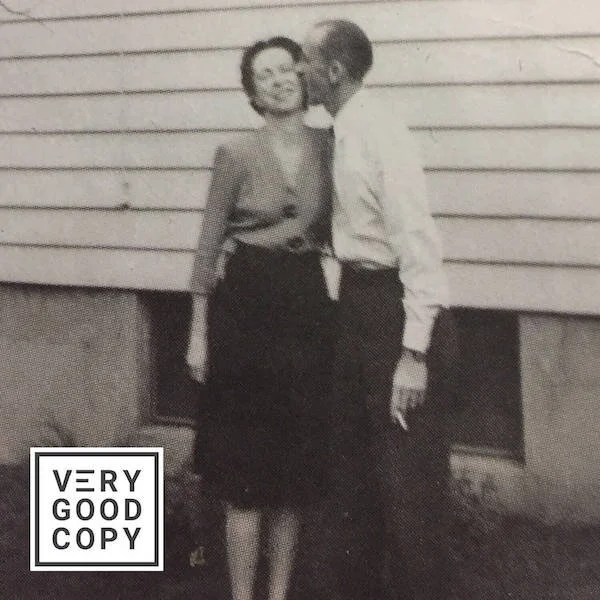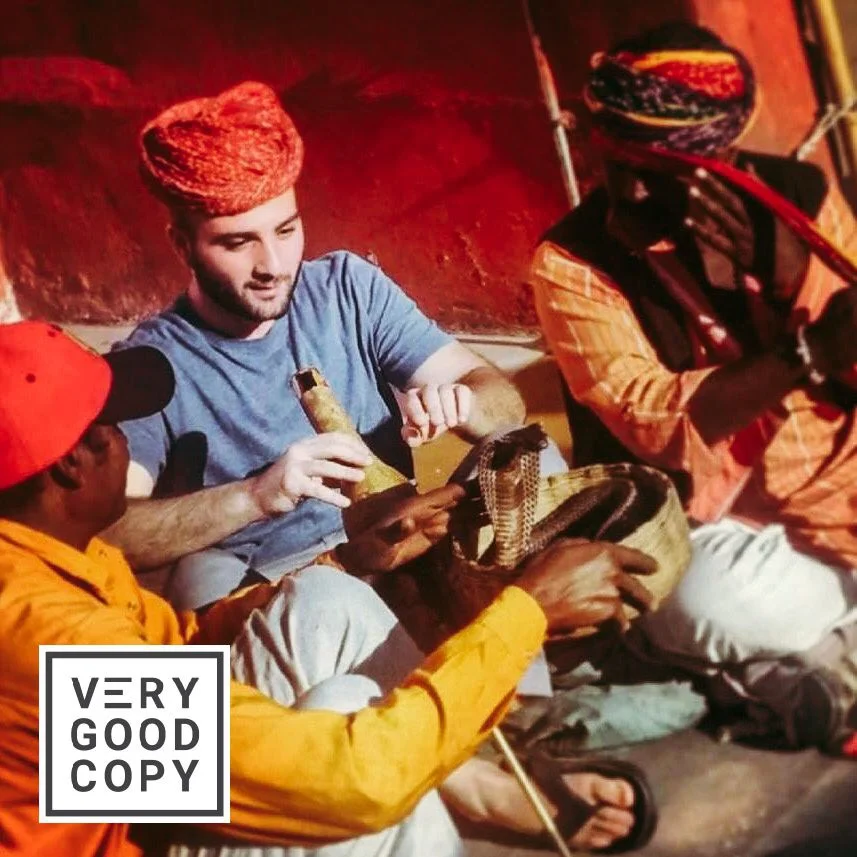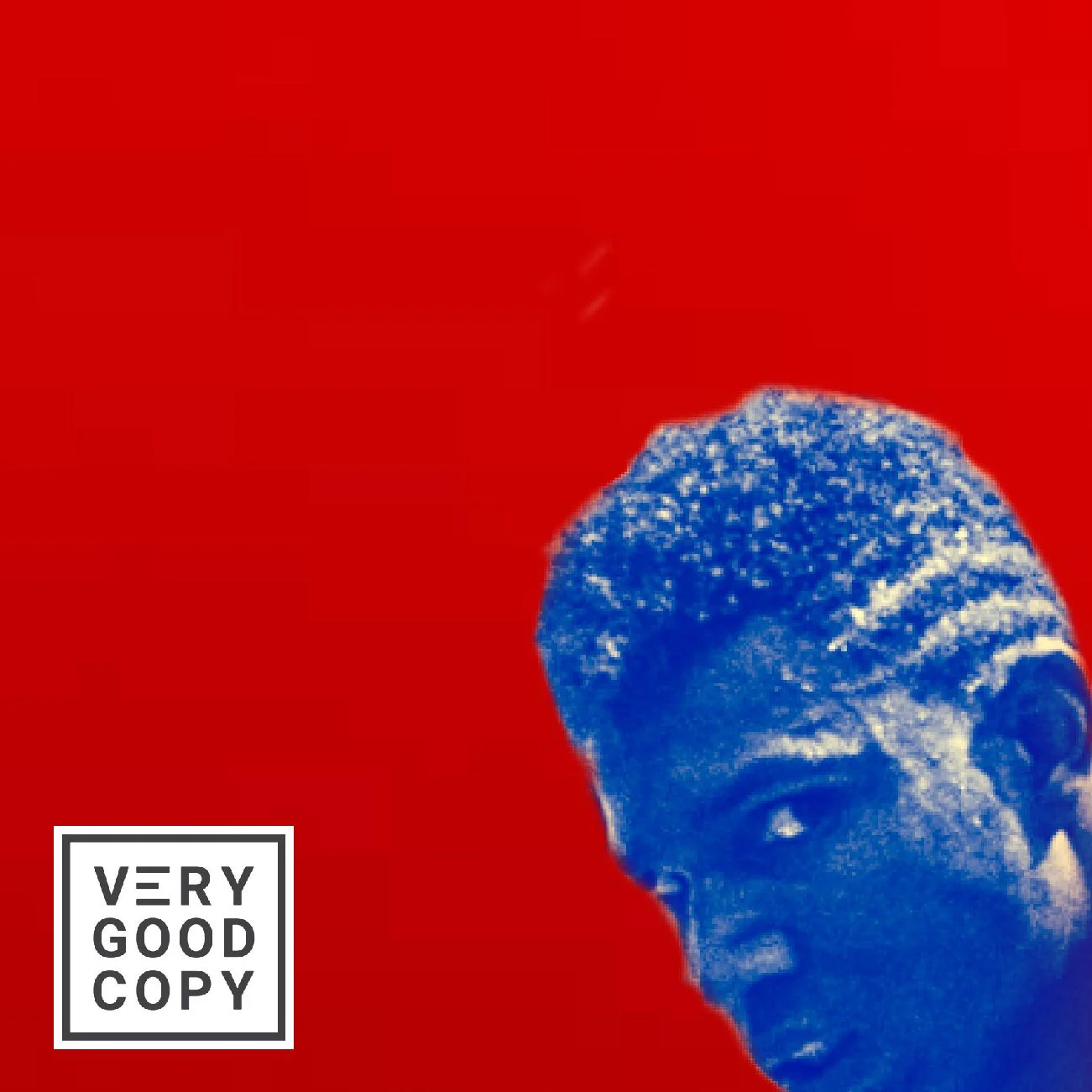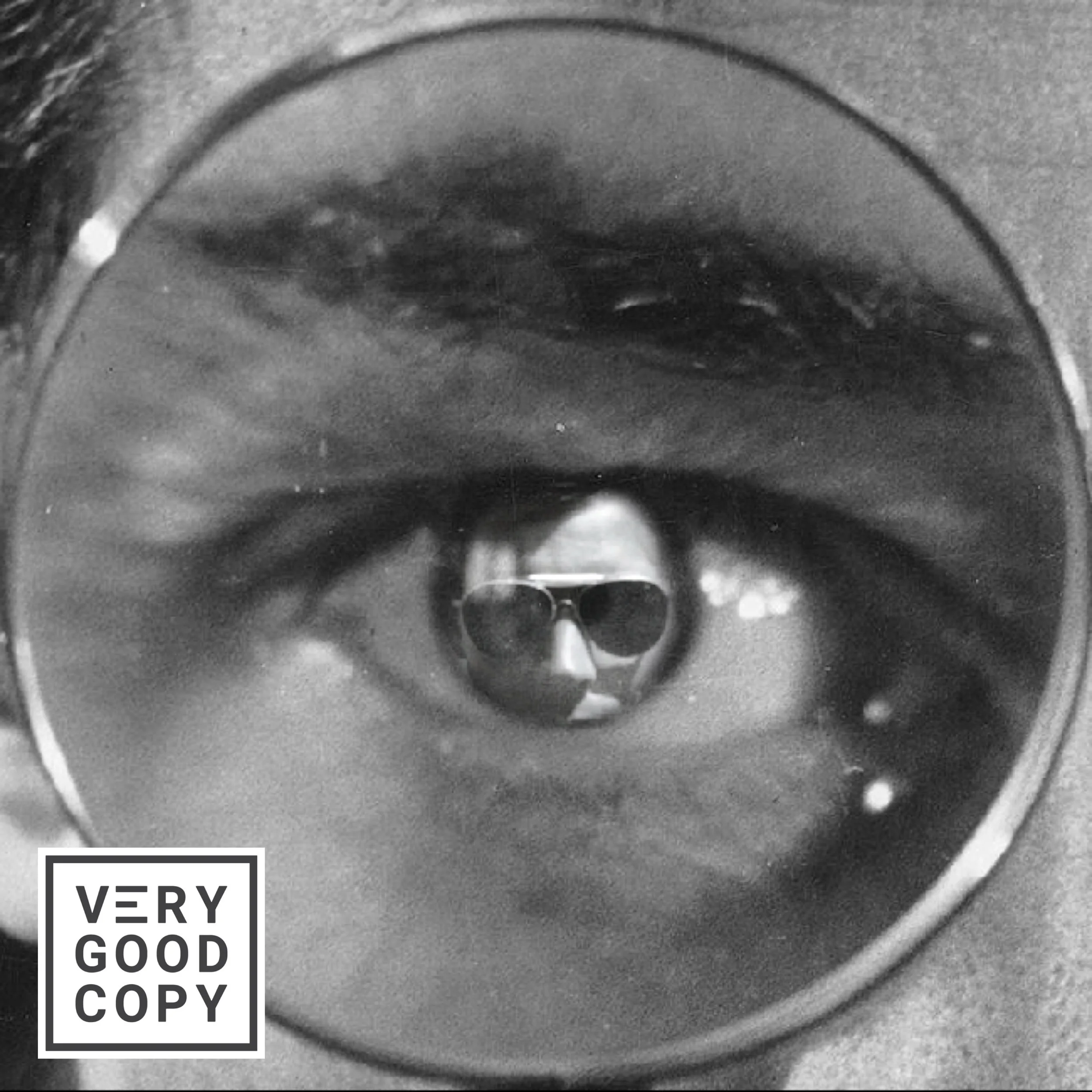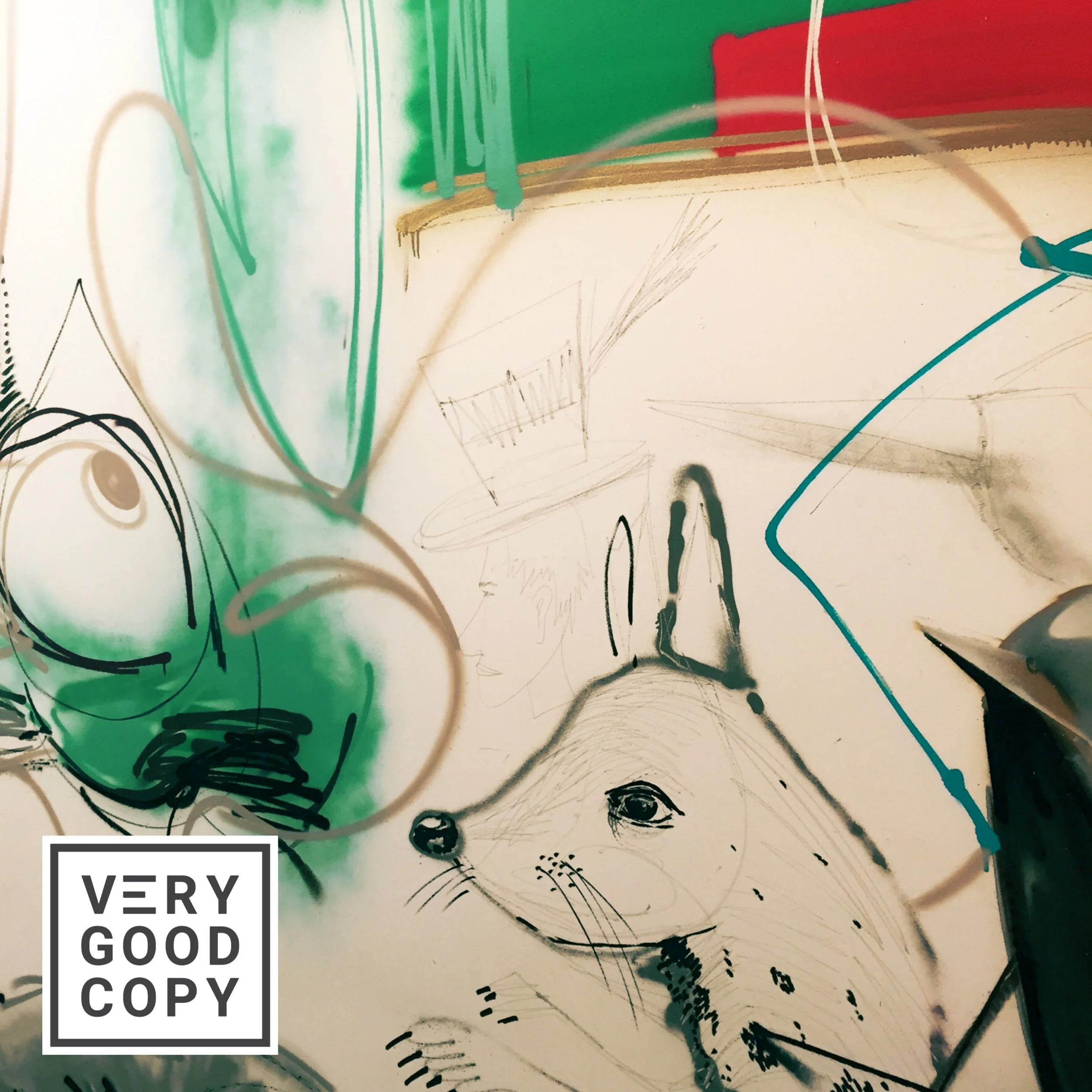![VeryGoodCopy [Small].png](https://images.squarespace-cdn.com/content/v1/5615edeae4b0b9df5c3d6e90/1568779810468-NU53L7ILR0ZMEN697HYT/VeryGoodCopy+%5BSmall%5D.png)
One of the most compelling angles in advertising is “new.”

“Anything that’s new, different or unusual is bound to catch our eye.”
People love new things because our brains are hardwired that way.
Novelty is biologically attractive to us.
“Anything that’s new, different or unusual is bound to catch our eye,” writes Buffer’s Belle Beth Cooper. “A new phone, a new working environment, a new friend. In fact, we can even be drawn to novelty without being conscious of it.”
When you see or hear or feel something new, a part of your brain called the substantia nigra/ventral segmental area, or SN/VTA, releases dopamine, the “happy” hormone.
Bottom line:
Novelty excites us on a chemical level, which makes it a potent, easy-to-use copywriting tool.
Potent in that it works well and consistently.
Easy-to-use in that you really just need to write the word “new” on a product to light up the reader’s SN/VTA.

Keep Reading
![VeryGoodCopy [Small].png](https://images.squarespace-cdn.com/content/v1/5615edeae4b0b9df5c3d6e90/1568781394855-YPB42R2C8CT03FMN952O/VeryGoodCopy+%5BSmall%5D.png)
JOIN THOUSANDS OF SUBSCRIBERS

But here’s the thing…
Net-new things are rare.
Most “new” things are actually just iterations of something that already exists. So, when a product is merely tweaked, advertisers might promote it as “New & Improved!”
And that’s fine. As long as you get the word “new” in there, it will capture attention.
Speaking of new and improved…
I highly recommend The Eighties, Raised on Television: Part 1 & 2. It’s on Netflix.
All the episodes illustrate how creative people in TV — actors and producers and writers — worked to “stretch the medium” throughout the decade. The Eighties clearly and explicitly highlights innovation, the small updates, twists, and adjustments that made popular shows of the era so exciting and addictive, so successful.
For instance, the critic Tom Shales said this about Late Show with David Letterman: “The show making fun of itself and turning itself inside out that way was something… kinda new.” Then we see examples of what he’s talking about.
Ultimately, The Eighties breaks down how a small change can make a big difference — a lesson that transcends television — a lesson every copywriter must learn sooner or later.
LEARN TO PERSUADE
![VeryGoodCopy [Small].png](https://images.squarespace-cdn.com/content/v1/5615edeae4b0b9df5c3d6e90/1568780065963-NDSH7B61DKVWT3EBFRTK/VeryGoodCopy+%5BSmall%5D.png)
WRITE BETTER.
MARKET BETTER.
SELL MORE.
COMMENT BELOW
Judge not lest ye be judged.




![How to write better dialogue [easy, instant, Hemingway-inspired hack]](https://images.squarespace-cdn.com/content/v1/5615edeae4b0b9df5c3d6e90/1600810690603-XZIT3F465CS25186CILF/Better+dialogue+COMP.JPG)
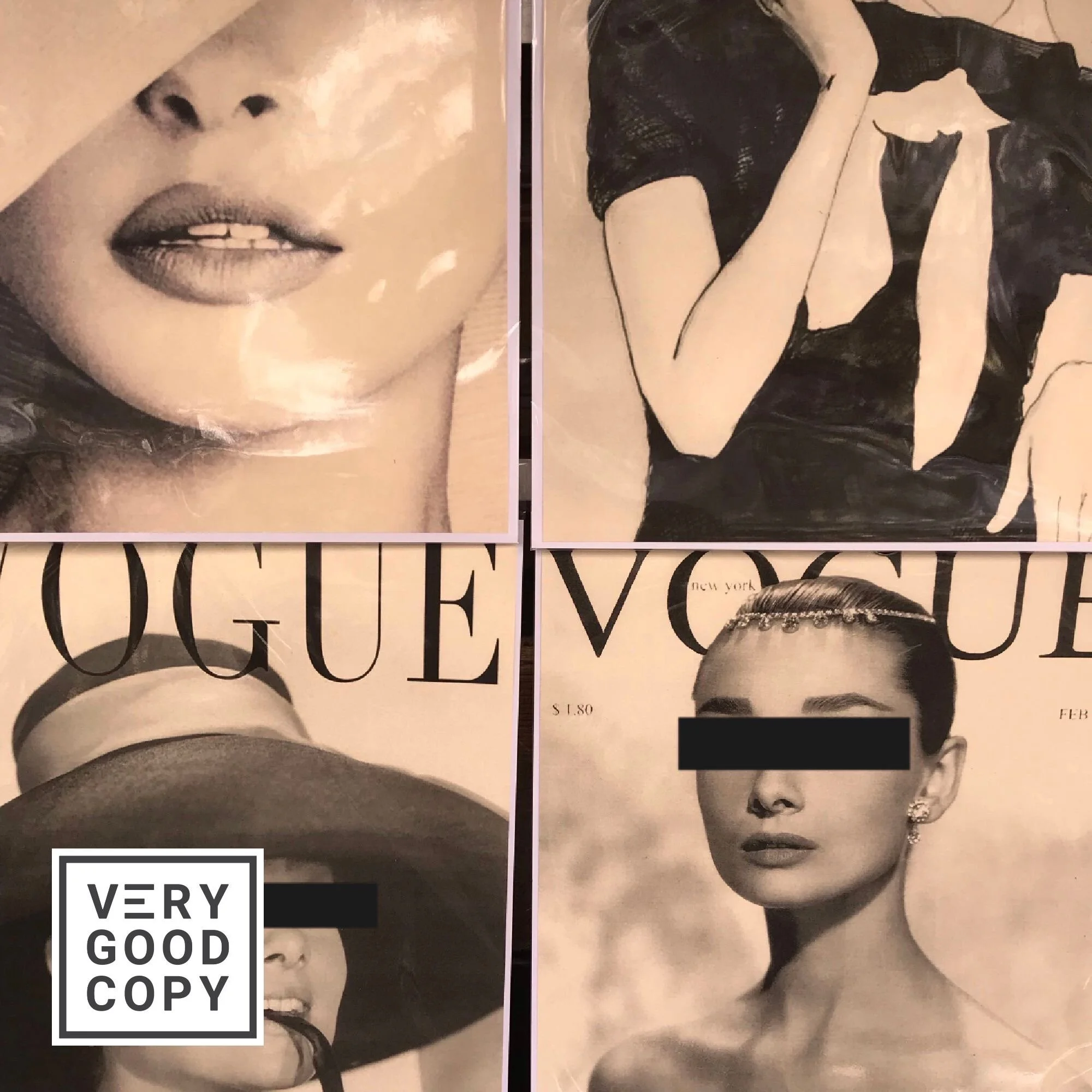
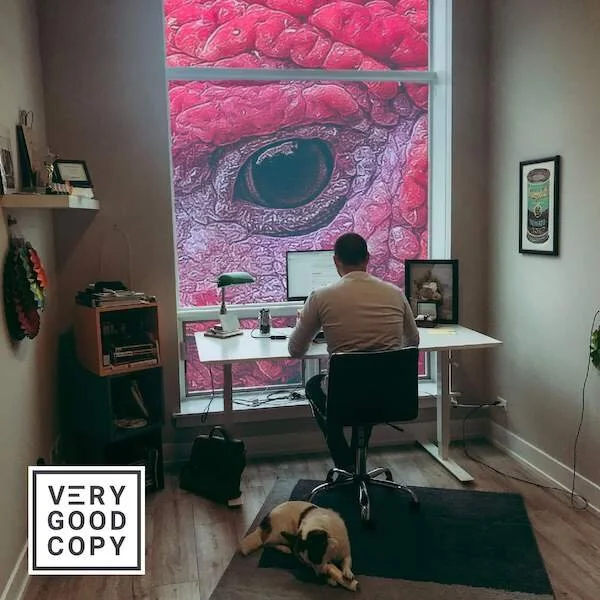



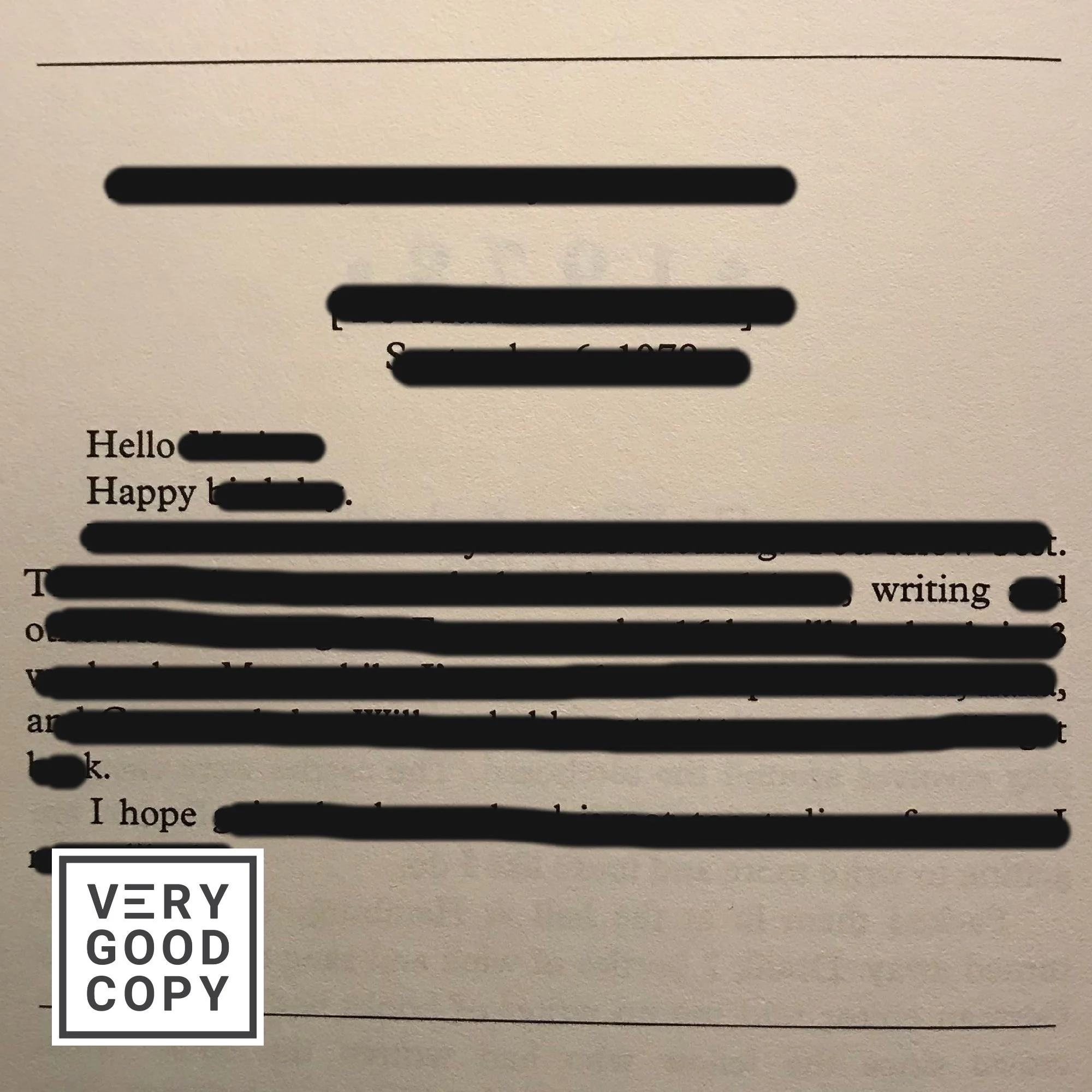
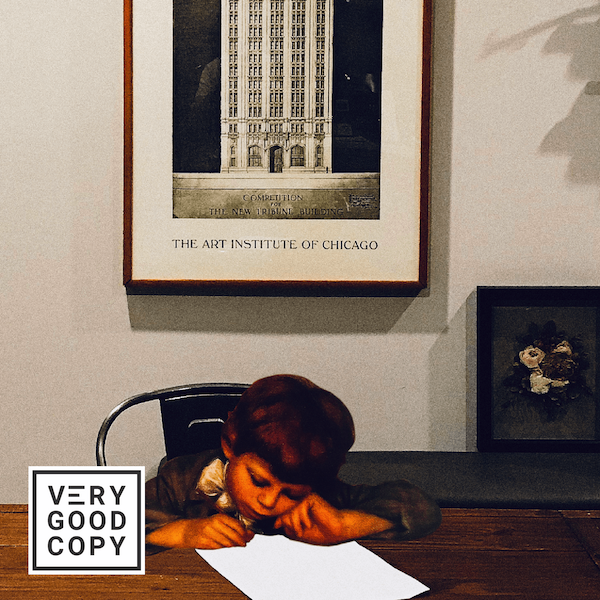



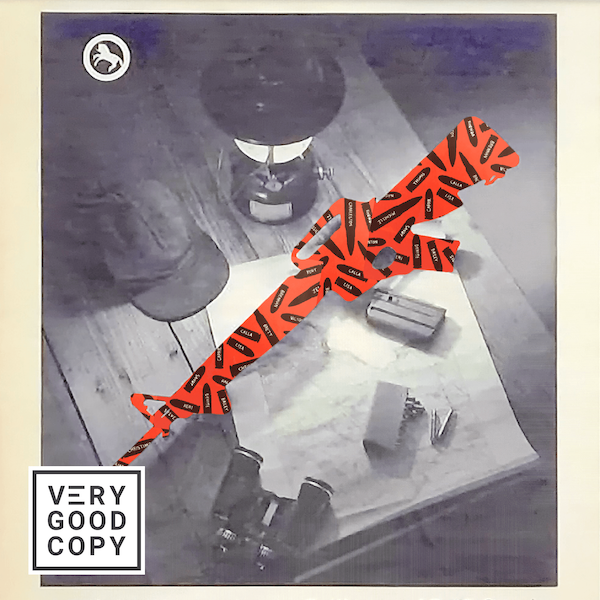


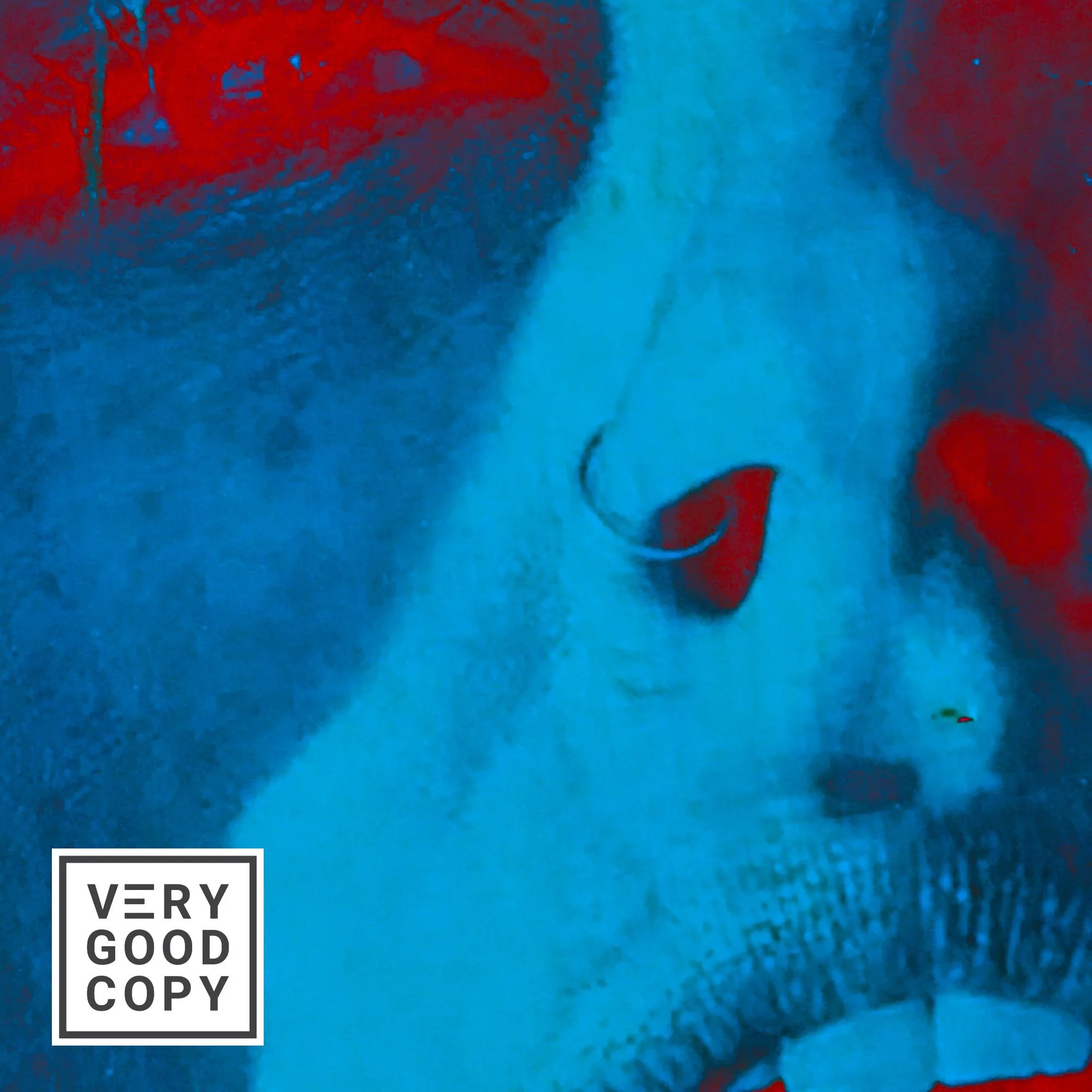





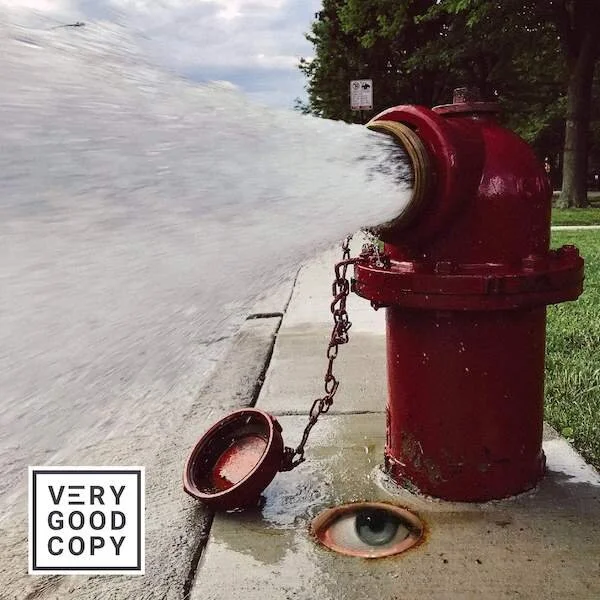


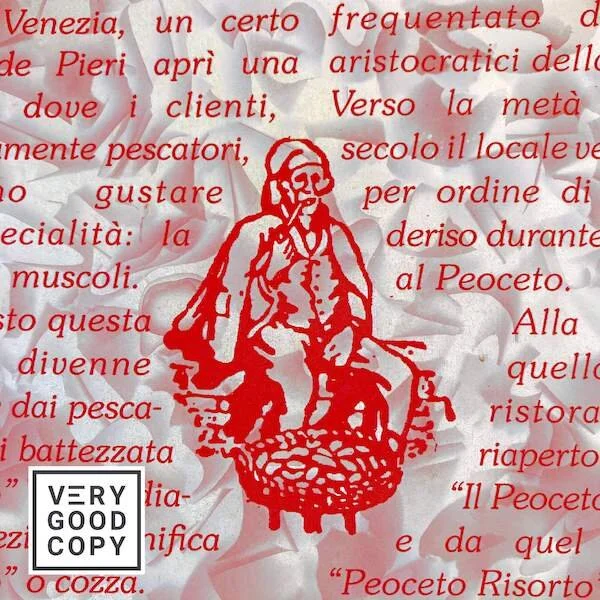
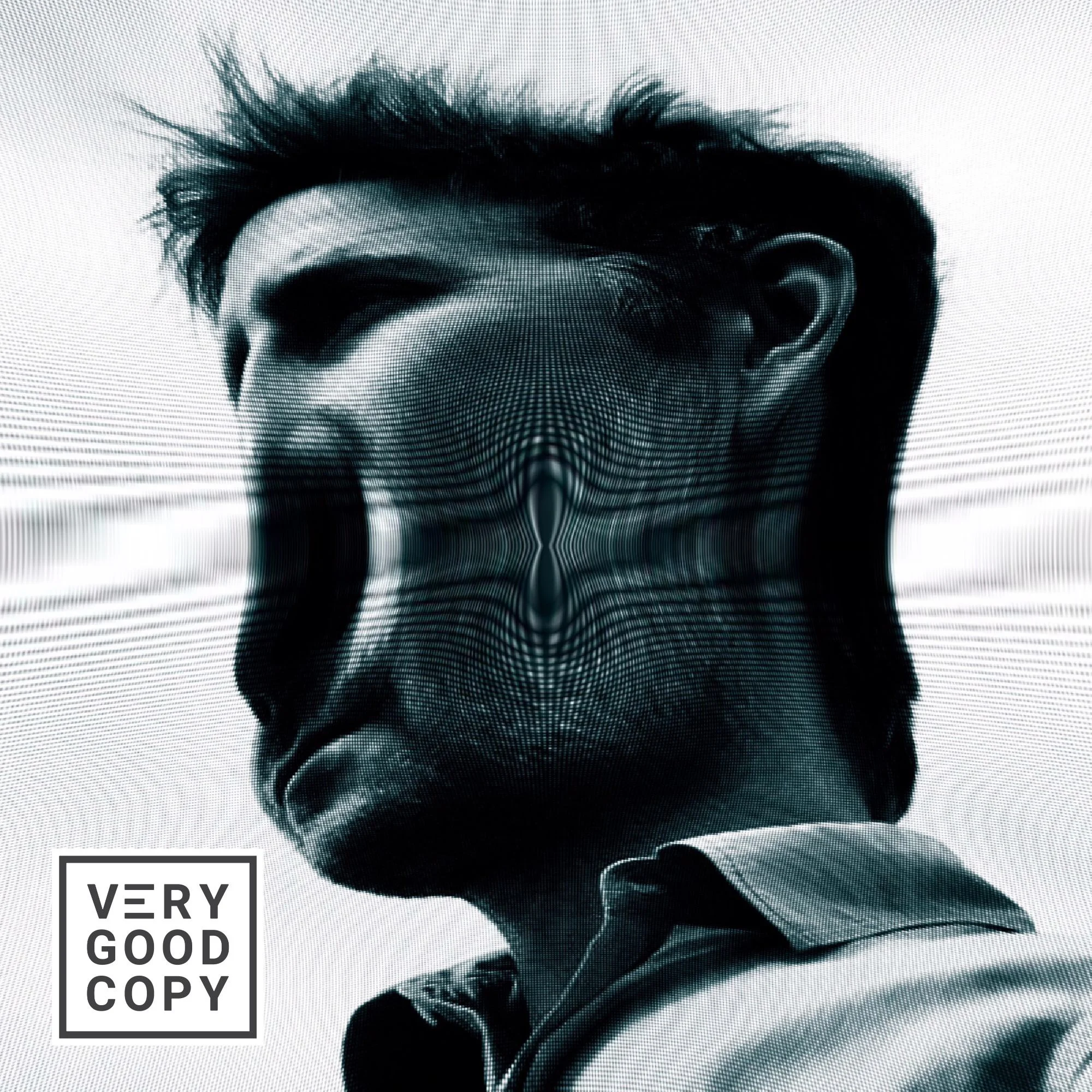

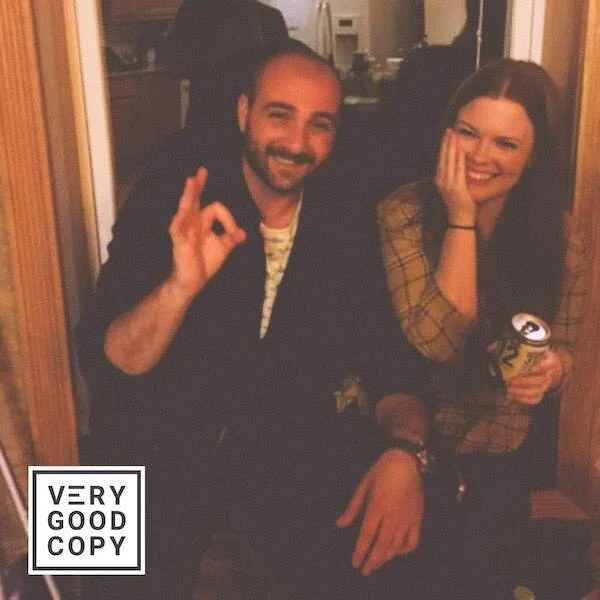

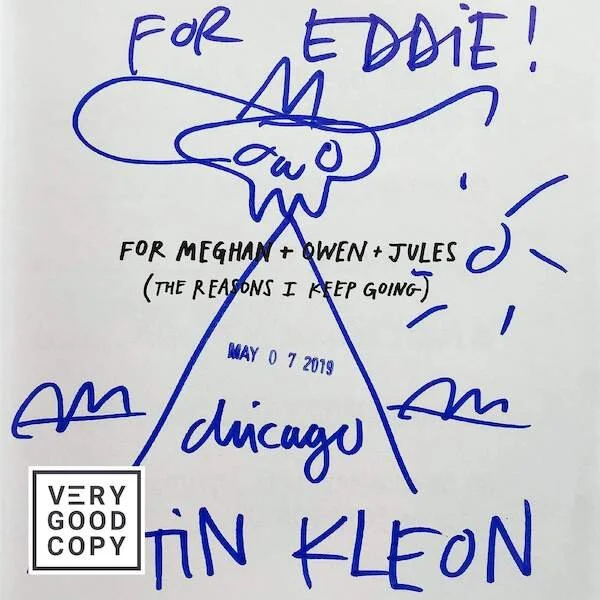
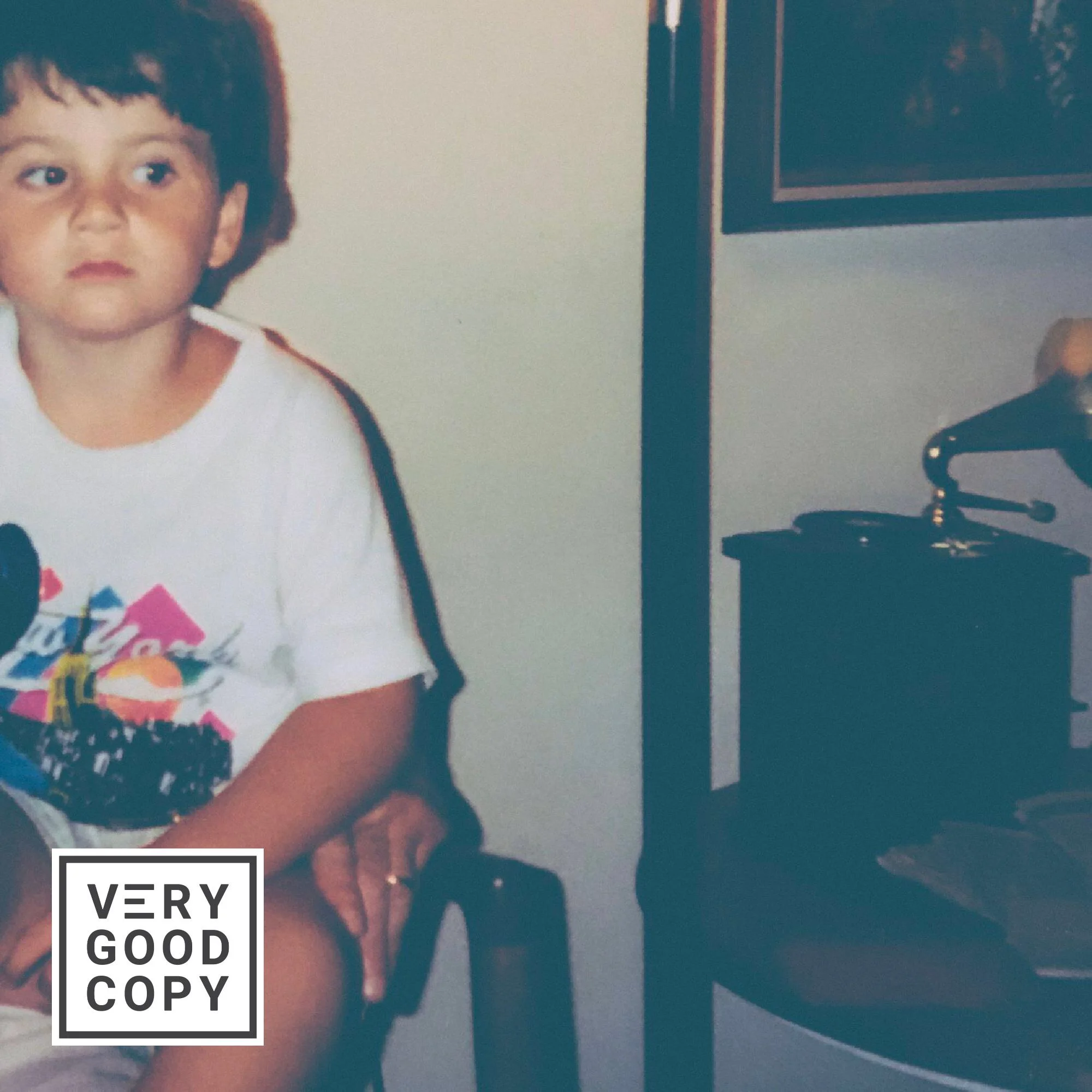






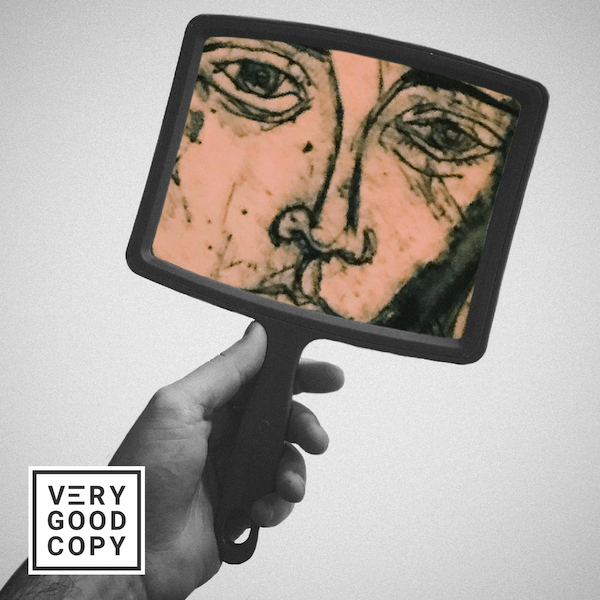
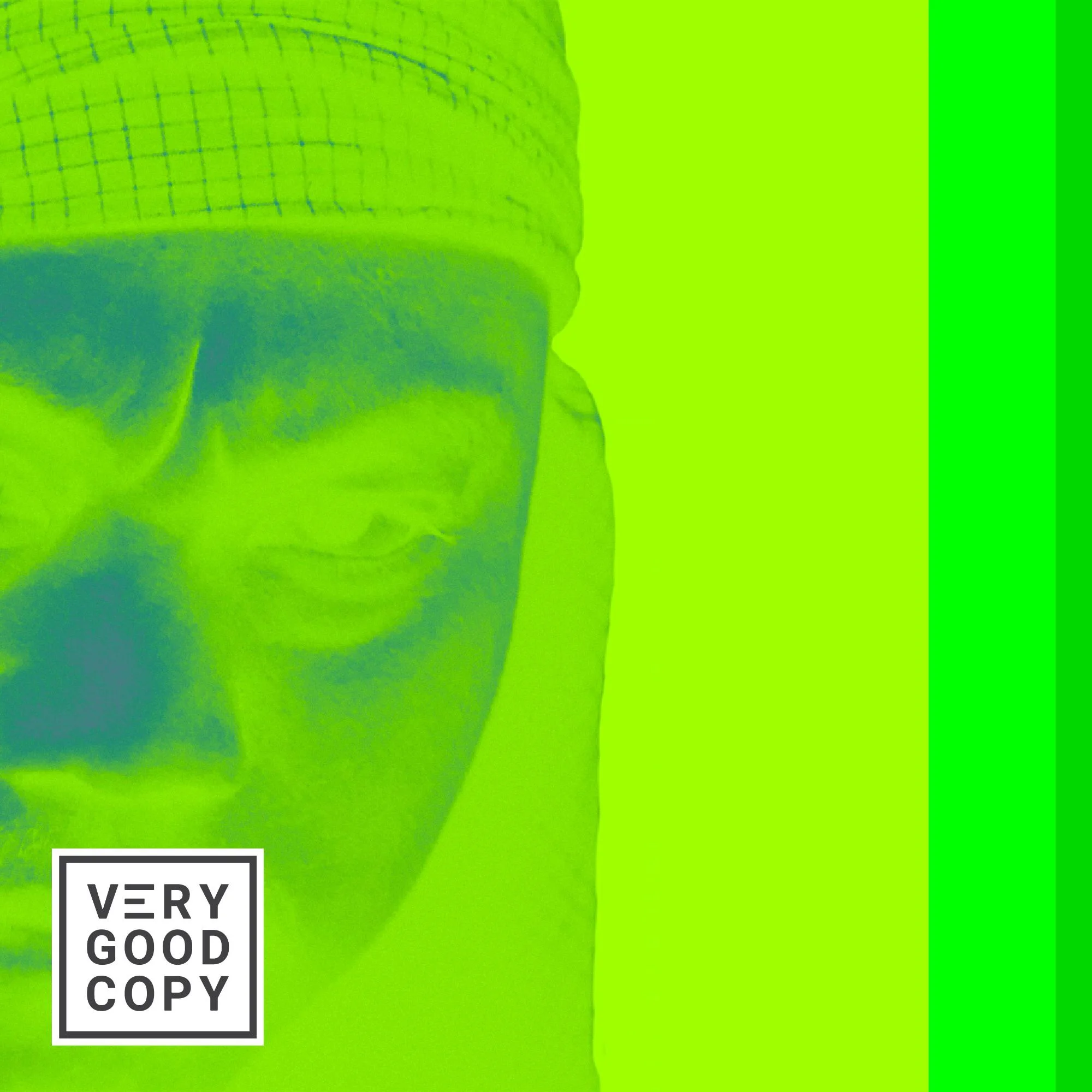


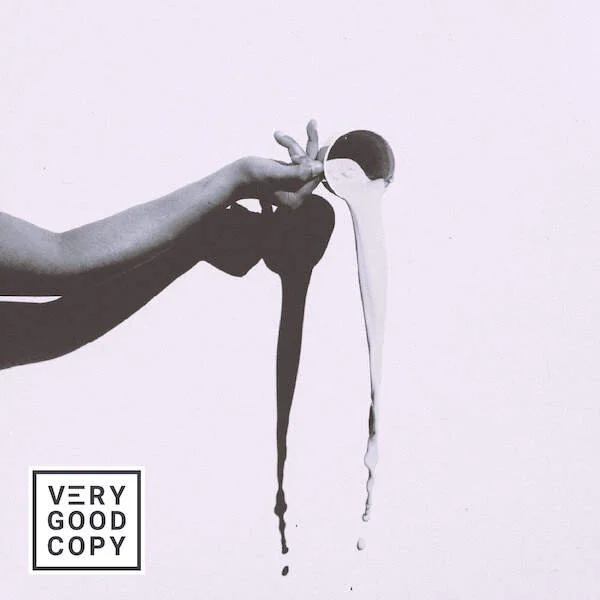

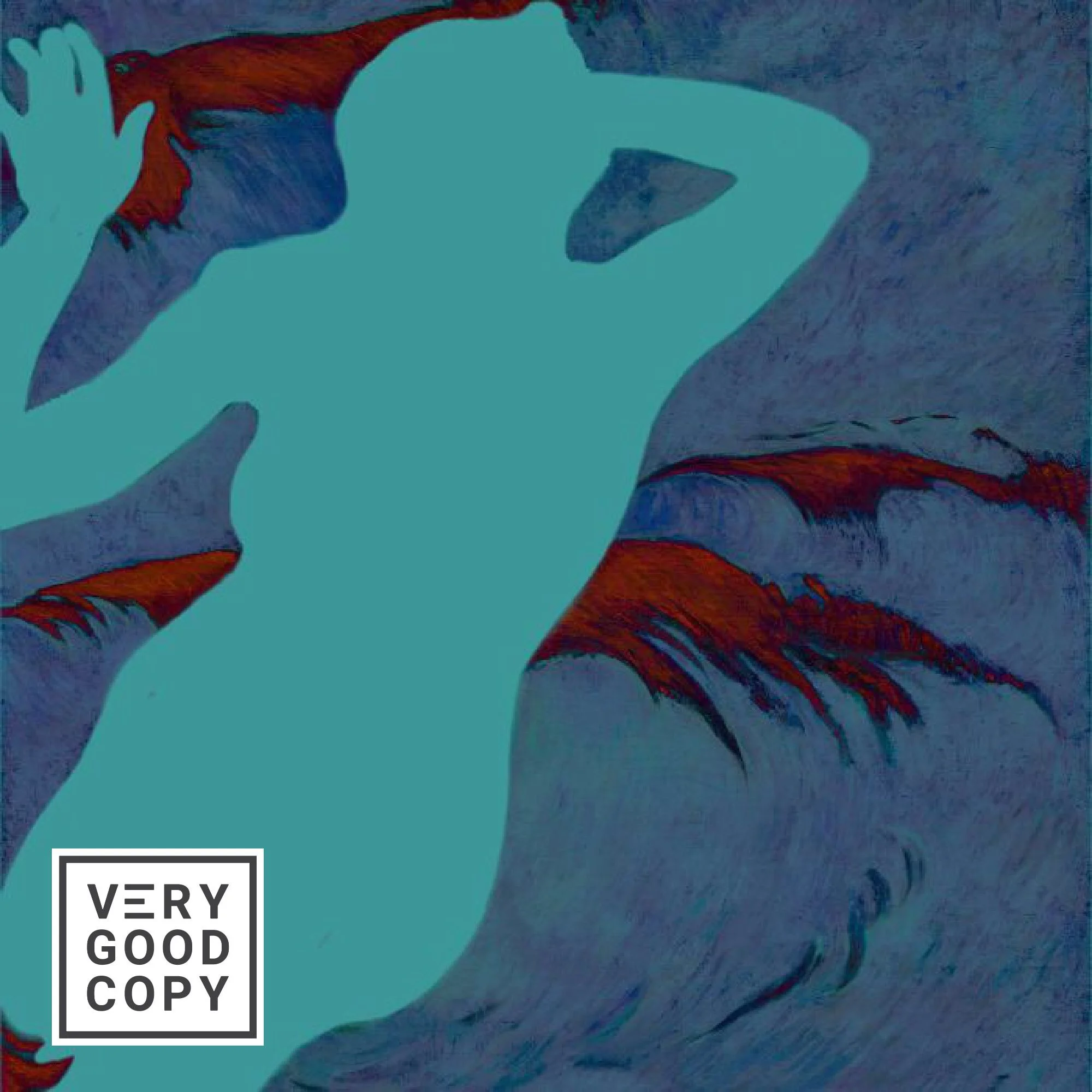




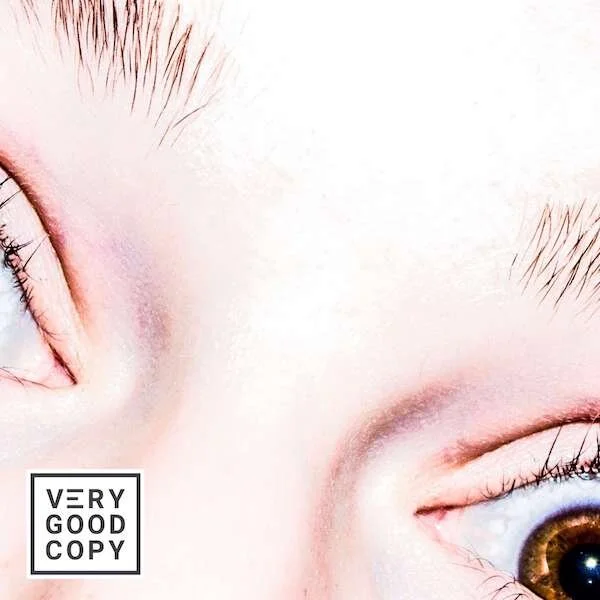





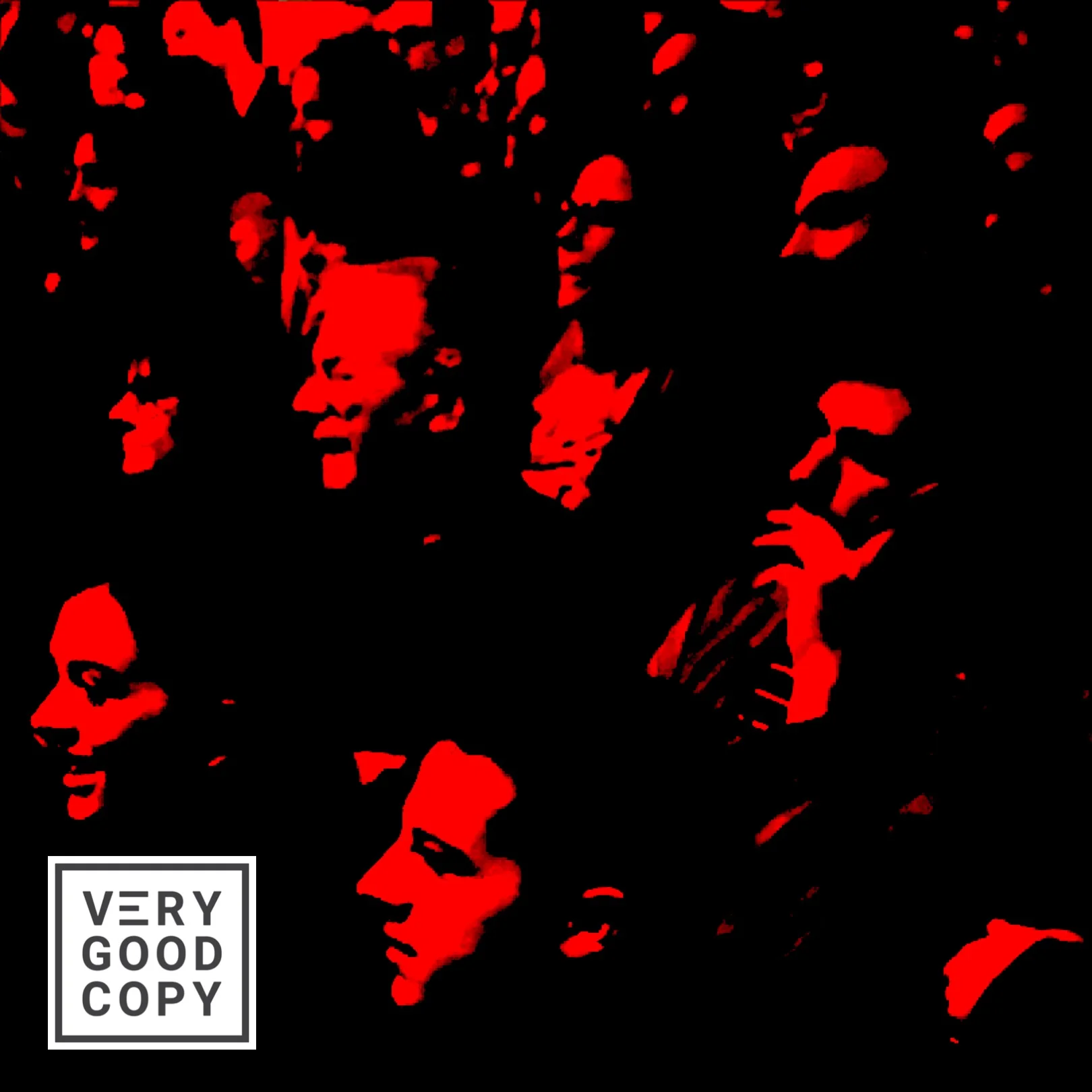
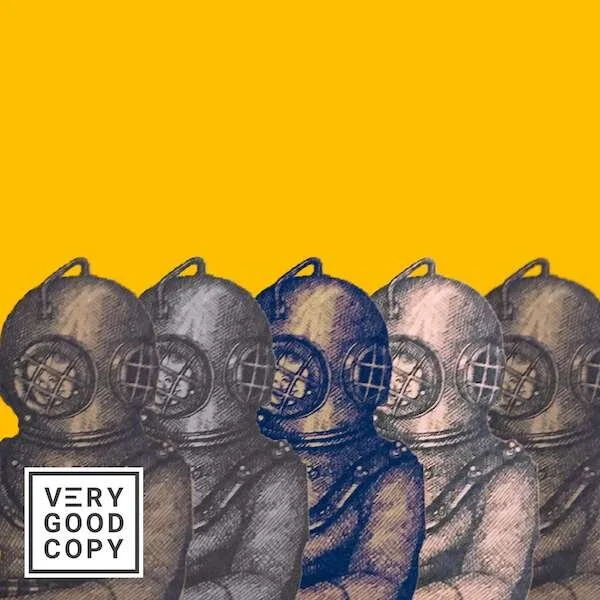







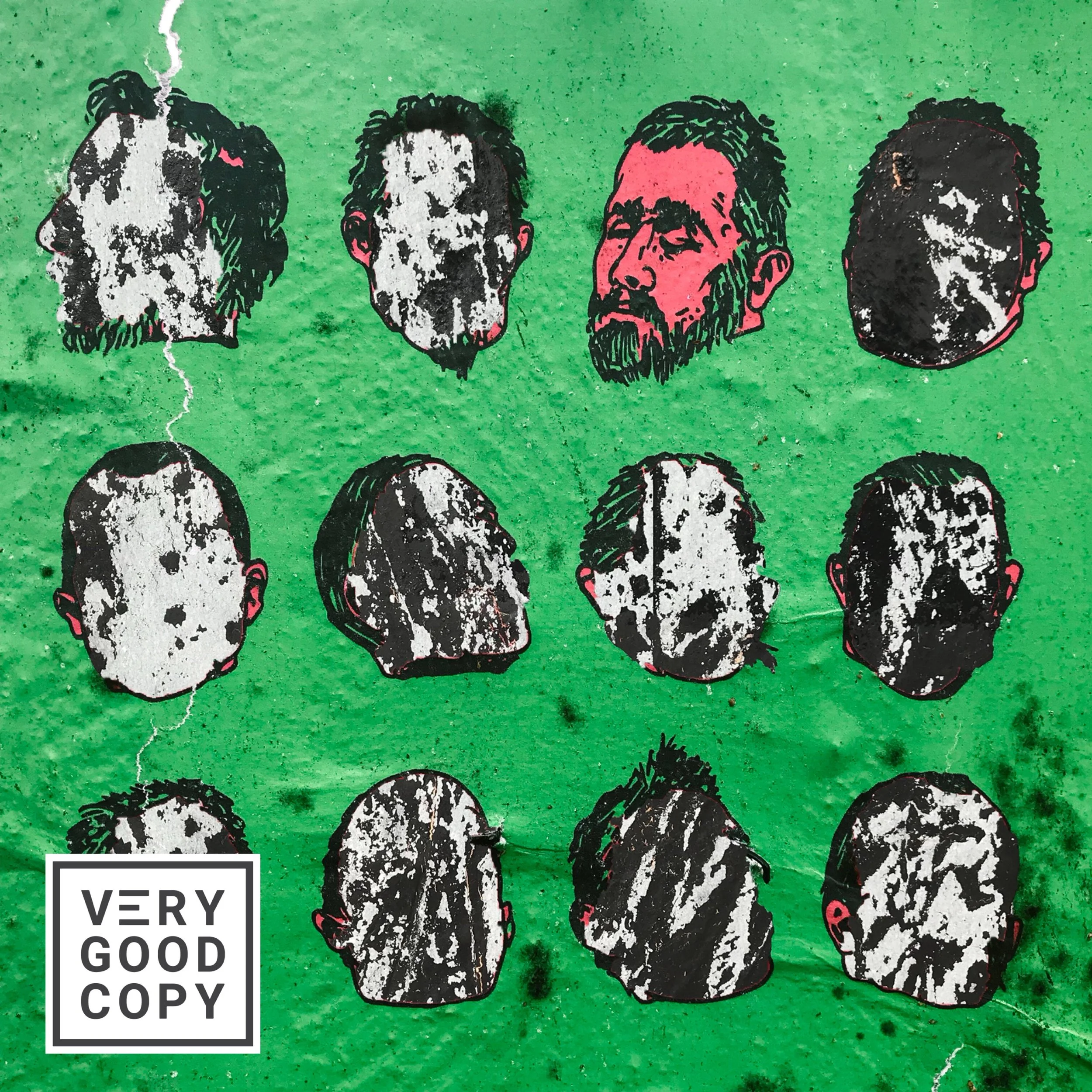

![How copywriters put prospects in the buying mood [quick trick]](https://images.squarespace-cdn.com/content/v1/5615edeae4b0b9df5c3d6e90/1533095575515-C2JPAZA3C46IBX00EMM8/Put+prospects+in+the+buying+mood+%5BVGC+art%5D.JPG)



